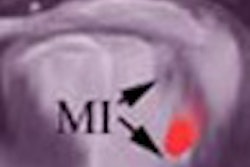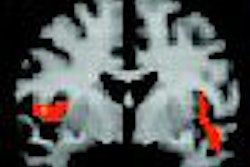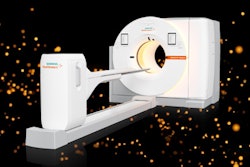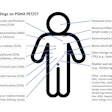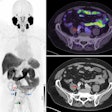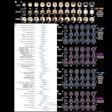Dear Molecular Imaging Insider,
Since its introduction a few years ago, PET/CT has rapidly become the modality of choice for PET imaging. In fact, sales of hybrid units comprise the overwhelming majority of total order bookings -- both in the U.S. and internationally -- from PET manufacturers, according to market research firm Bio-Tech Systems of Las Vegas, NV.
Because of PET/CT's increasing market penetration, many imaging professionals are getting the opportunity to perform diagnostic reads from these systems. The flip side of rapid adoption is that some of their clinical colleagues and fellow staff may not be fully aware of PET/CT's oncologic capabilities.
PET/CT also brings with it new imaging protocols, new information for potential patients, new dictation paradigms, and new imaging pearls. For busy clinical professionals struggling to stay abreast of current workflow, obtaining and disseminating all this new information for themselves, their colleagues, and co-workers can be a daunting task.
In a Web exclusive, AuntMinnie.com is proud to debut Oncologic PET/CT: A primer for radiologists by Dr. Stephen Humes. This 46-page downloadable Adobe Acrobat file provides an overview of PET/CT, SUV, FDG, and anatomic regions of uptake. It delivers imaging checklists for some of the most prevalent PET/CT oncologic indications: lung cancer, colon cancer, cervical cancer, breast cancer, head and neck cancer, lymphoma, melanoma, and esophageal cancer.
Our primer also supplies a sample of a patient information sheet for PET/CT, an outline for interpreting and dictating PET/CT scans, and a sample dictation for your review. In addition, technologist Mary Stoner has contributed detailed PET/CT protocols for the solitary pulmonary nodule, head and neck cancer, cervical cancer and lymphoma, melanoma, and brain imaging.
As a Molecular Imaging Insider subscriber, you have access to Humes' PET/CT oncology primer before it's published for the rest of our AuntMinnie members. To read more about how to maximize PET/CT in oncology imaging, click here. (For readers not utilizing a broadband Internet connection, please note that the file is approximately 2 MB in size.)
And if you haven't done so this month, be sure to stop in and take a look at our online reference book, Nuclear Medicine on the Internet. Dr. Scott Williams has updated a host of chapters on PET imaging for October, including general information on PET and PET tumor imaging, PET myocardial imaging, I-131 therapy for thyroid cancer, and GI pertechnetate imaging. Check out his most current postings by clicking here.






